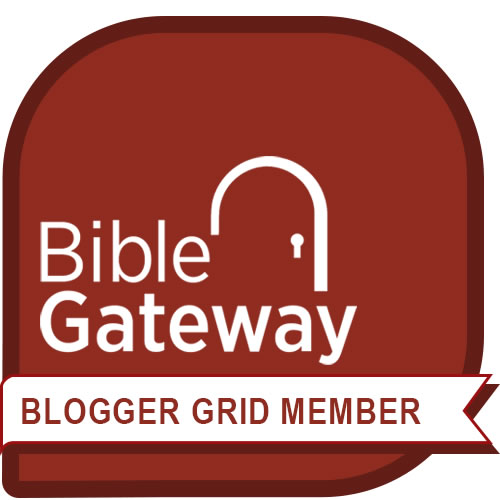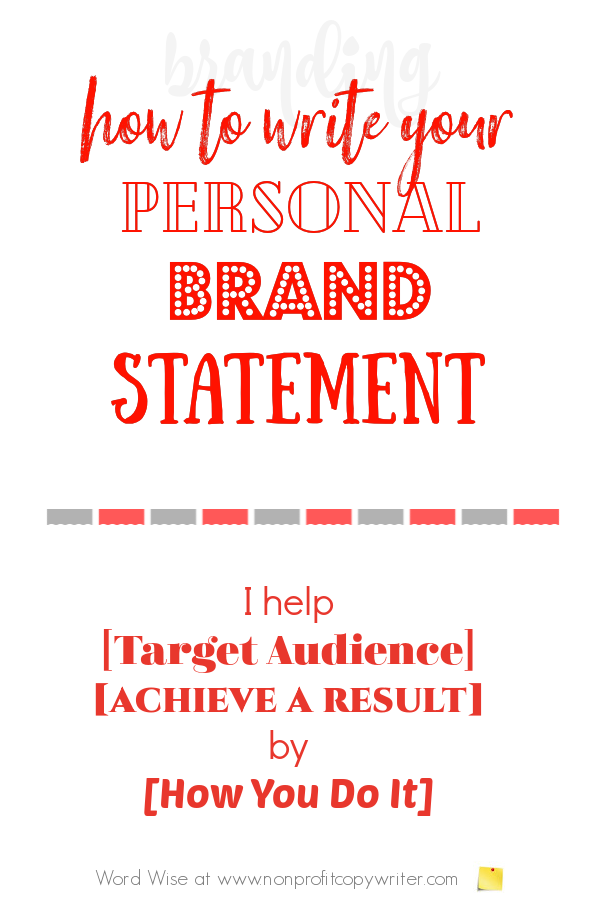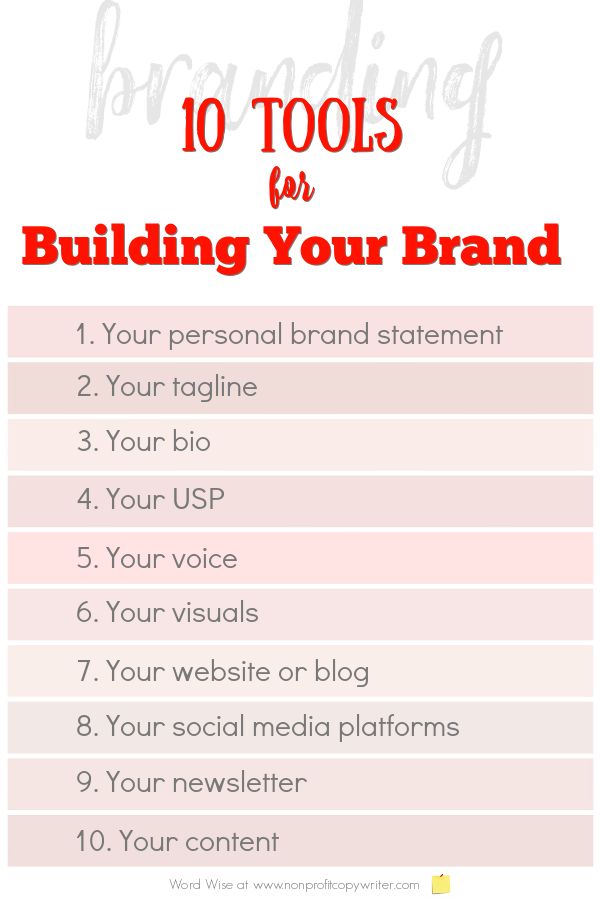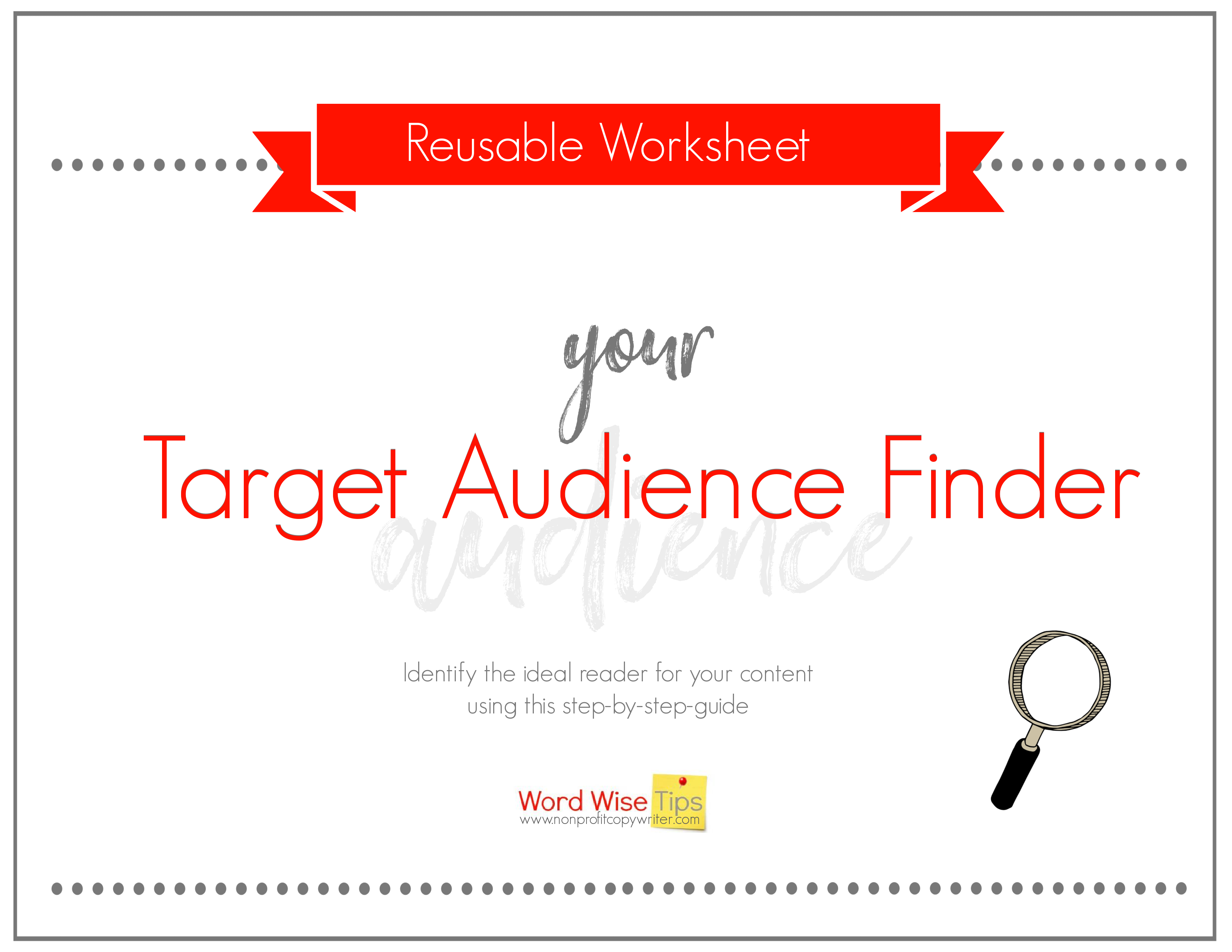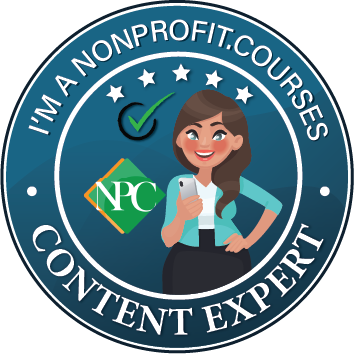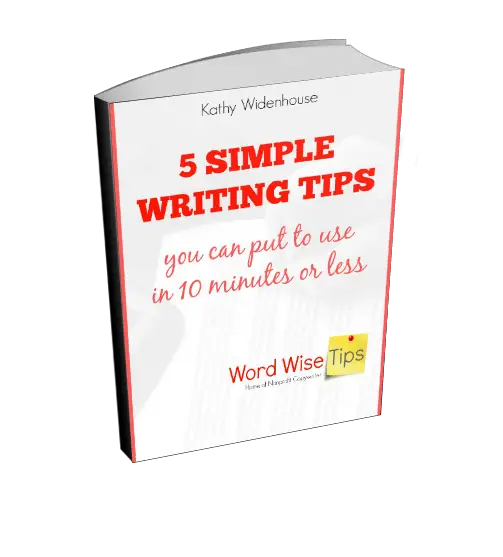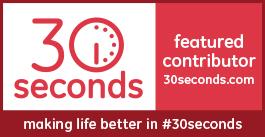Save Time: Get 5 Simple Writing Tips
you can put to use in 10 minutes
Branding Basics for Writers
(Especially Non-Marketers)
Award-winning writer Kathy Widenhouse has helped hundreds of nonprofits and writers produce successful content , with 750K+ views for her writing tutorials. She is the author of 9 books. See more of Kathy’s content here.
Posted 10.28.25
Whether you’re a new writer or a New York Times bestselling author, you need to understand branding basics.
Confession: I’m not a marketer. At one point, the word “branding” gave me the willies. Branding meant creating a phony image … manipulating minds to capture attention… creating a façade of success to get eyeballs on my content.
But to stay current, I dug into what “branding” means for freelancers. I found out there’s plenty more to it than simply a fancy logo, well-selected fonts, and a pleasing color scheme. In fact, branding for writers has little to do with creating a persona and misleading clickbait tactics … and a whole lot to do with offering your readers authenticity and value.
Don’t let yourself get sucked into the wrong kind of thinking like I did. If you’re a writer worth your salt, you’ll build a personal brand that’s genuine. Here’s why … and how.
What is a personal brand?
First, let’s set the record straight. If you’re a writer, you have a personal brand — whether you like it or not.
Your personal brand is your intentional reputation.
If you’re an intentional writer, your personal brand communicates what you stand for. You make decisions about your values and niche, and in doing so, you invite readers to trust you. Trust, as you know, opens doors to writing gigs and book contracts and work for hire.
But what if you’re not building a reputation with intent and purpose? Passivity doesn’t earn you points. People form opinions about you regardless. The writer who doesn’t intentionally create a personal brand makes a choice. It’s one of confusion, mixed messages, and chaos.
That’s a reputation I’d like to avoid.
Why bother building your brand
Be proactive in choosing your personal brand, and you will:
- Have clarity when you write, seek clients, and publish.
- Stand out in a crowded market because you know who you are. That makes it easier for others to understand you, too.
- Build trust and credibility with readers. You don’t try to be all things to everyone.
- Attract readers and clients in your target audience because you’ve been purposeful about reaching them.
- Position you as an expert (not just a service provider).
How to write your personal brand statement
Let’s say you’ve lacked intentionality until now. You can get started down the personal branding road quite easily. Use this simple template.
I help [target audience] [achieve a result] by [how you do it].
Here’s the breakdown
- I help → makes it clear you serve others.
- [target audience] → defines who you serve.
- [achieve a result] → highlights the outcome or benefit.
- [how you do it] → shows your unique method, skill, or expertise.
Personal brand statement examples
- “I help nonprofits raise more money by telling stories that inspire donors to give.”
- “I help health and wellness brands educate and motivate readers through research-backed storytelling.”
- “I help home gardeners grow healthy food through tips and tutorials.”
Don’t you find it interesting that this approach puts others front and center with what you do? That truth helped me get past my fear of branding basics.
Branding basics: use these tools to build your brand
It’s easy to get tripped up with “branding” by mistaking the externals for the process — for instance, focusing on getting a logo. But externals are simply tools. Use them as you’d use any other type of tool — as a means to an end.
In this case, they’re tools to help you communicate how you help your readers achieve results. Along with your personal brand statement, you can use ...
- Your tagline: Create a memorable, one-sentence tagline that encapsulates what you write about, who you are, or what you believe in, using keywords to help readers find you.
- Your author bio: Use a summary sentence, like “I’m [your name] and I am a [your title/ vocation] who works with [your target market/ ideal client] helping them [how you serve].”
- Your USP: Show what makes you and your writing different from others in your field.
- Your voice: Create a distinct tone and style that is consistent across all your platforms and reflects your personality.
- Your visuals: Choose a logo, color scheme, and fonts to use consistently on your website, social media platforms, and book covers.
- Your website or blog. Yep, you need one. It serves as your online hub to showcase your portfolio, share your work, publish helpful content, and connect with readers.
- Your social media platforms: Choose the platforms that allow you to best engage with those in your niche.
- Your newsletter. Publish one and you can stay in front of your target readers.
- Your content. Produce content that explains and reinforces your message and provides value to your target readers. And do so regularly.
Use this worksheet to find your target reader for any project.
Branding basics: take these steps to build your personal brand
Here’s a clear, practical step-by-step guide to building your personal brand.
1. Identify your core strengths and values
Start with what makes you you. Ask yourself:
- What am I naturally good at?
- What do people come to me for help with?
- What do I care deeply about or believe in?
Tip: Write down 3–5 words that describe both your skills (e.g., “strategic,” “creative,” “organized”) and your values (e.g., “integrity,” “curiosity,” “helpfulness”). These become your brand foundation.
2. Define your target audience
Your brand isn’t for everyone — it’s for the people who need or appreciate what you do. Think about:
- Who do you want to reach or serve?
- What do they care about?
- What problem do you help them solve?
Tip: The clearer your audience, the stronger your message will be.
3. Craft your personal brand statement
Like I shared above, this is your short “elevator sentence” that sums up who you are and what you offer.
I help [target audience] [achieve a result] by [how you do it].
Tip: Use your simple personal brand statement in your LinkedIn headline, bio, website copy, email signature — wherever you need to define who you are and what you do.
4. Build your visual and verbal style
Consistency builds recognition. Decide on:
- Tone: Are you warm and conversational, or formal and analytical?
- Visuals: Choose colors, fonts, and imagery that fit your personality.
- Voice: The way you write, speak, and show up online should all feel like you.
Tip: Be genuine — your brand should be authentic, not performative.
5. Create valuable content
Show your expertise by sharing:
- Tips, insights, or lessons learned
- Behind-the-scenes posts about your work
- Case studies or success stories
- Thoughtful takes on industry trends
Tip: Aim to teach, help, entertain, or inspire your audience.
6. Show up consistently
Consistency builds trust. That means:
- Post regularly on one or two social platforms
- Keep your profiles up to date
- Network and collaborate in your niche community
- Follow through on promises and deadlines
Tip: Even small, steady efforts compound over time.
The top 2 branding basics
- A personal brand isn’t about creating a persona. It’s about expressing your true self with clarity and confidence so you can connect with your target readers — and offer them value.
- Branding is a series of choices. One way or another, you’ll build a writer’s personal brand. You can do it intentionally … or not.
I made my choice. Now you have the tools to make yours.
More Tips for New Writers
Wannabe Writer? Say Goodbye to Your Worst Enemy ...
The 2 Main Ways to Build Your Freelance Writing Business ...
Your Writing: Is It “Good Enough”?
Selling Your Services: 6 Writing Tips for Starting Out as a Freelancer ...
The 4 Ps of Marketing for Writers ...
7 Streams of Income for Writers ...
Don’t Market Your Writing. Do This Instead...
Two Types of Readers That Pay You To Write ...
More Writing Tips on our New Writers Pinterest Board ...
Return from Branding Basics for Writers to Nonprofit Copywriter home
As an Amazon Associate I earn from qualifying purchases.
Share This Page
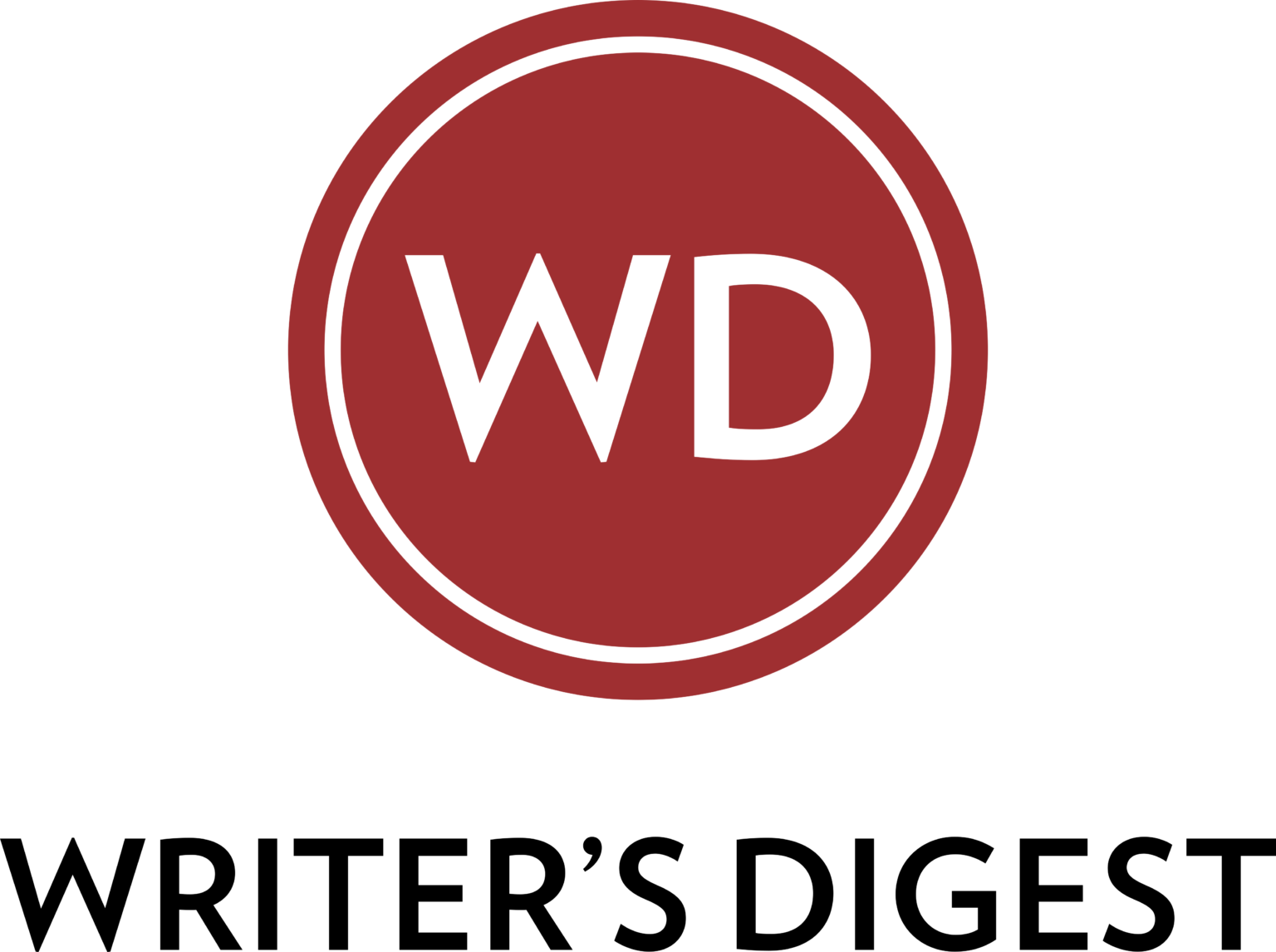
Named to 2022 Writer's Digest list
BEST GENRE/NICHE WRITING WEBSITE

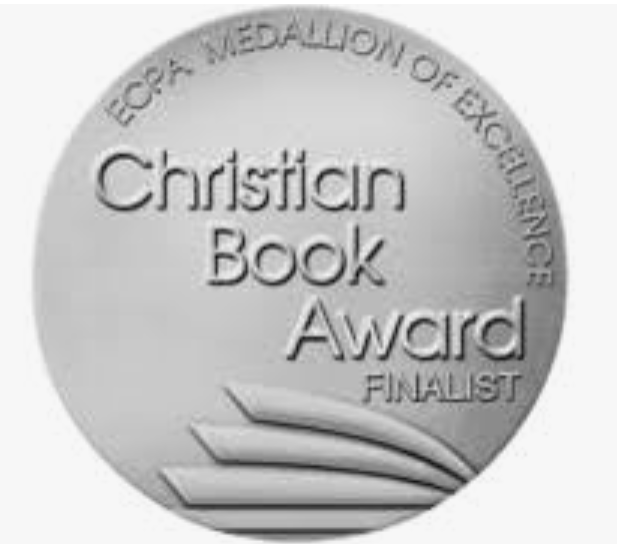
Stop Wasting Time!
Grab your exclusive FREE guide, "5 Simple Writing Tips You Can Put to Use in 10 Minutes or Less"
